Global hunger and poverty are critical challenges that affect millions of people worldwide. And due to the compounding influence of climate change, conflict, rising consumer prices and ongoing inequity, both crises are on the rise.
Approximately 30 percent of the world's population faced moderate or severe food insecurity in 2022, while almost 700 million people currently live in extreme poverty.
Here at Heifer, we believe livestock has an important role to play in ending global hunger and poverty. Here are 5 reasons why:
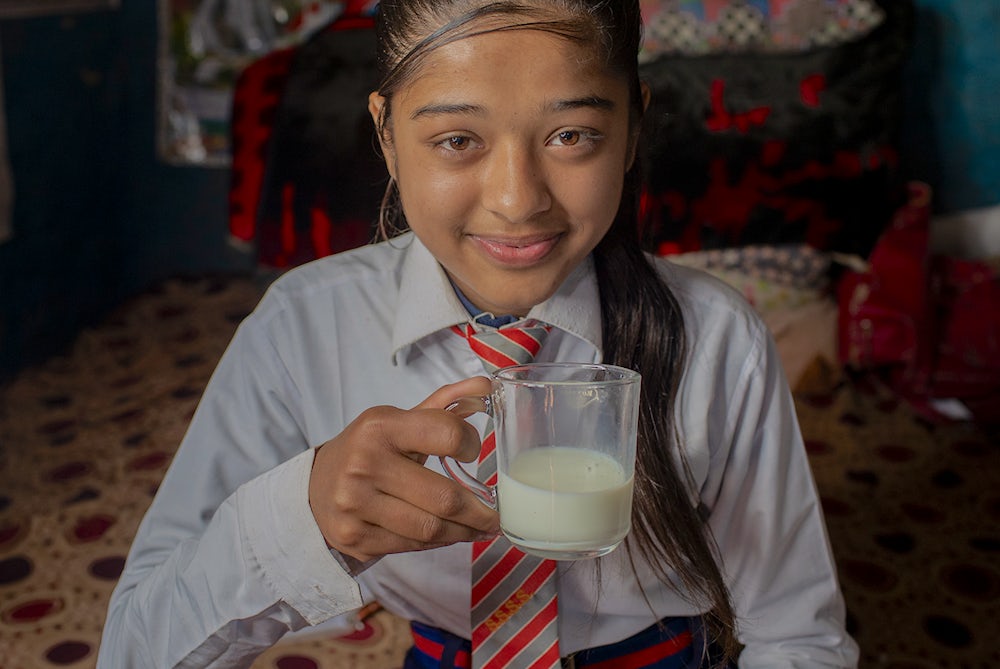
In poor countries, many people — especially women and girls — have few high-nutrient foods like pulses, milk, meat or eggs in their diets. With animal proteins, people can get the nutrients they need quicker and with smaller amounts of food. That’s what makes them especially important in areas of high malnutrition.
For children especially, eating animal-sourced foods and a variety of nutritious sustenance is one of the most direct ways to avoid the permanent consequences of an insufficient diet and stop hunger from affecting learning and future outcomes.
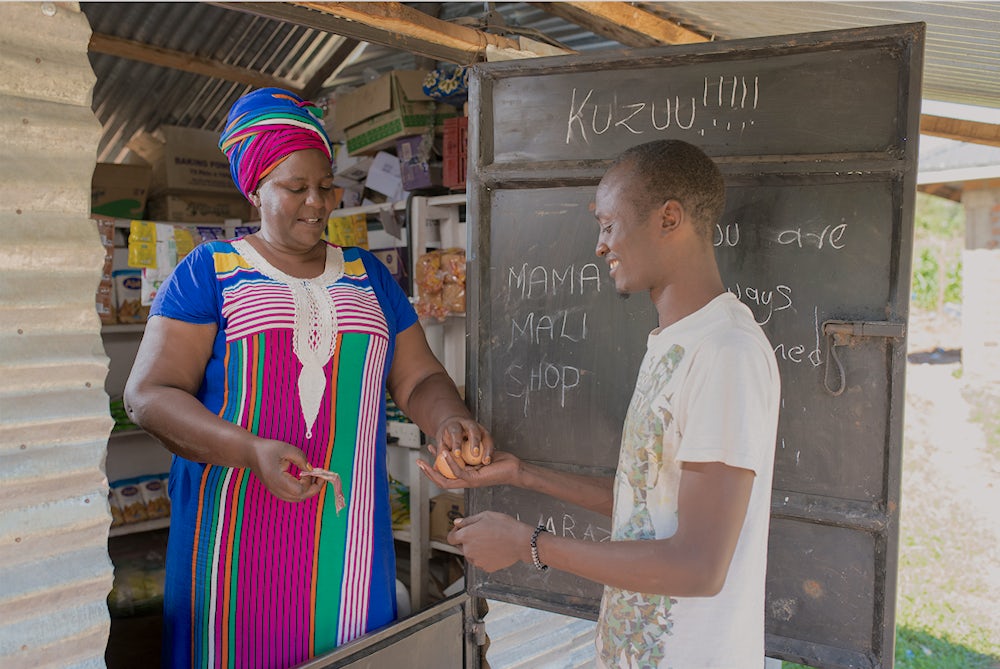
Livestock products can be used in many different ways. Chicken eggs can be collected and sold. Milk from cows and goats can be turned into yogurt and cheese. And, of course, animals can be used for their meat. With the right training and access to markets, all of these products can be sold, providing money for health care and sending kids to school.
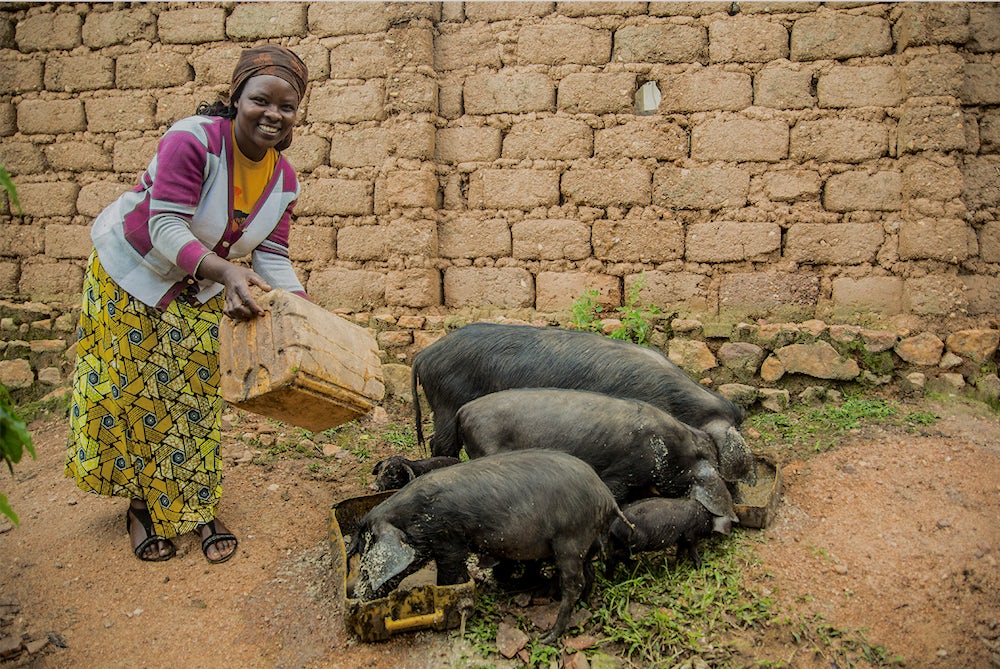
More than half the world’s farmers are women, but because they live in highly patriarchal countries and communities, they often don’t have control over the land they farm. In many communities, looking after chickens, goats or other animals is seen as ‘women’s work’, because men don’t think it’s worth the effort. But in reality, it can often be highly profitable.
With their own incomes, women can have a say in decision-making processes in their homes and communities. Research shows that women reinvest up to 90% of their earnings back into their households. That’s money spent on nutrition, food, health care, school and income-generating activities that helps break the cycle of poverty.
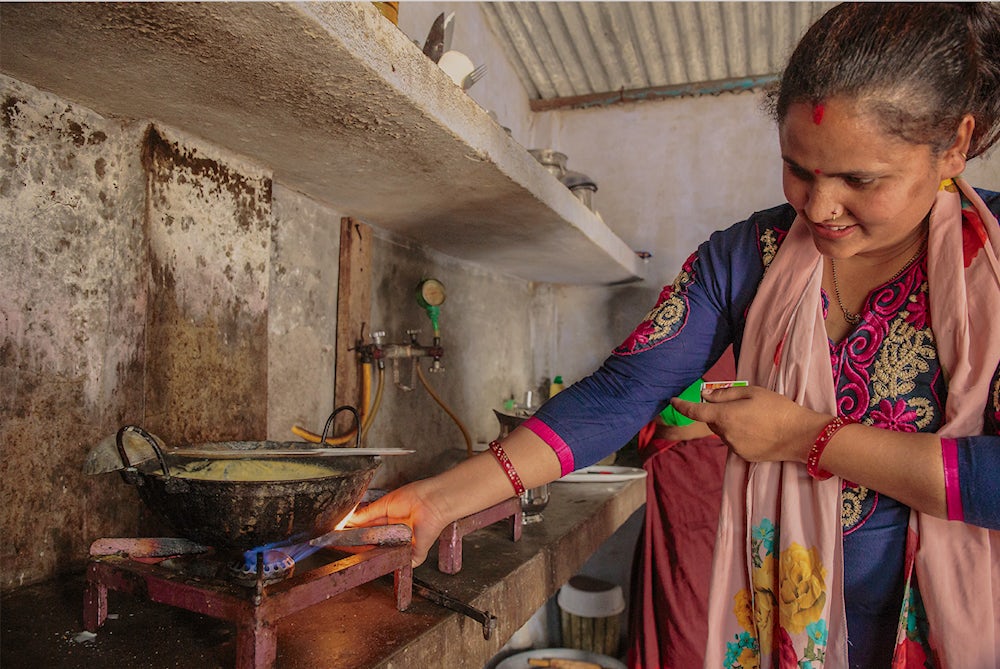
Animals produce waste — lots of it! In many of the communities where we work, people don’t have access to energy. They often cook using wood fires, but chopping down trees can be bad for the environment and the smoke detrimental to human health. Animal waste can be used to make biogas which can fuel stoves, giving communities a renewable source of energy for cooking and an innovative way of reducing livestock waste.
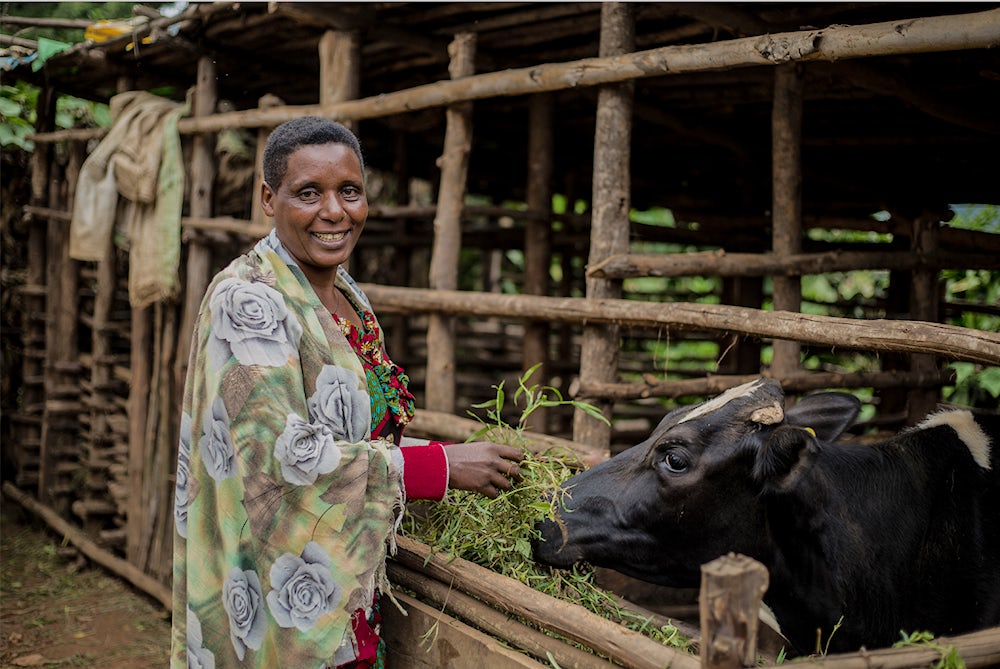
Animal manure is a readily available and nutrient-rich fertilizer for many smallholder farmers who grow crops alongside their livestock. Using animal waste in this way helps farming families build resilience against the fluctuating cost of supplies, while improving the quantity and quality of the food they grow for household consumption.
As climate change makes rainfall increasingly unpredictable — causing floods, droughts and other weather shocks — farmers have the option to sell their animals for additional income when resources are scarce or their crop harvests are minimal. Animals can also be a necessary source of income or food to help families cope during other types of emergencies.
Read about Heifer's One Health strategy to learn how we protect and foster the health and well-being of animals, humans and the environment in our programs, with the goal of ending hunger and poverty while caring for the Earth.
